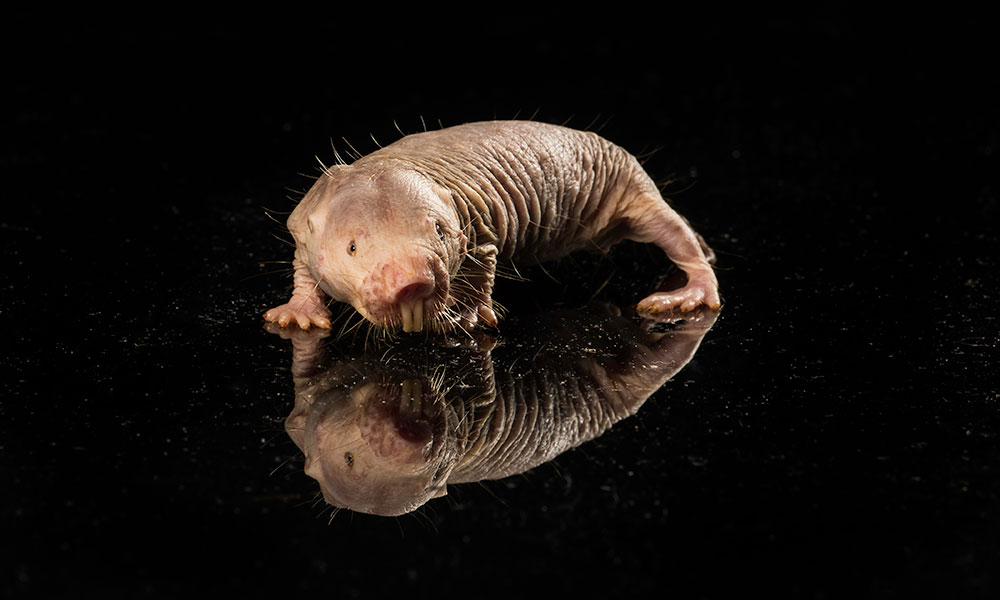
Why do naked mole rats live long, cancer-free lives?
Rochester biologists were surprised to see that despite its remarkable longevity, the naked mole rat still has cells that undergo senescence, like the cells in much shorter-lived mice.

LLE research earns local teens spots in semifinals of prestigious science competition
Two local high school seniors have been named scholars in the prestigious Regeneron Science Talent Search for summer research projects they worked on at the University’s Laboratory for Laser Energetics.
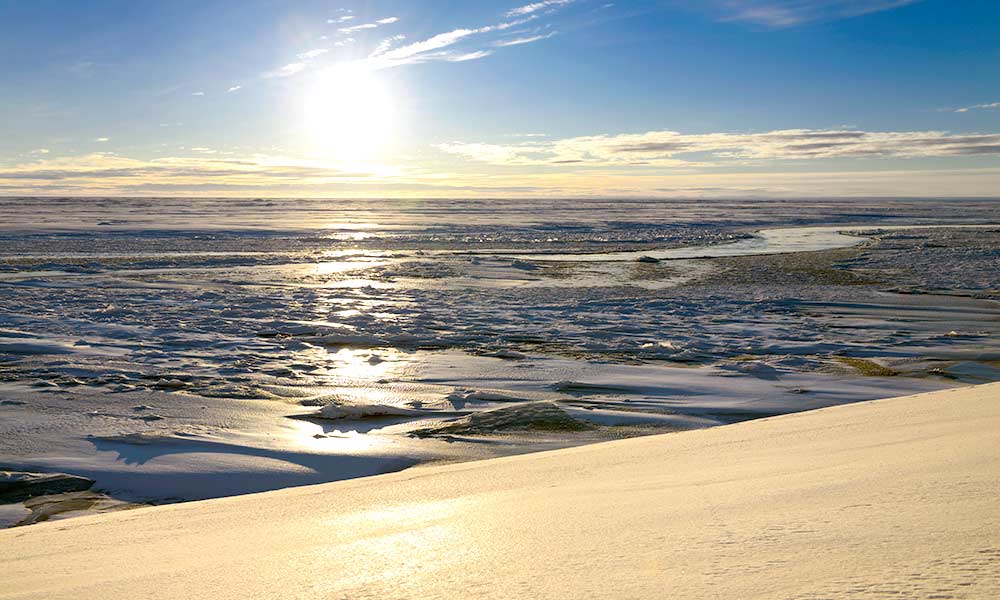
Ocean waters prevent release of ancient methane
Environmental scientist Katy Sparrow ’17 (PhD) set out to discover whether ancient-sourced methane, released due to warming ocean waters, survives to be emitted to the atmosphere.

Four LLE members receive awards for fusion development research
The non-profit organization Fusion Power Associates awarded its Distinguished Career Award to recently retired director Robert McCrory, as well as other awards to the Laboratory for Laser Energetics at their annual meeting.
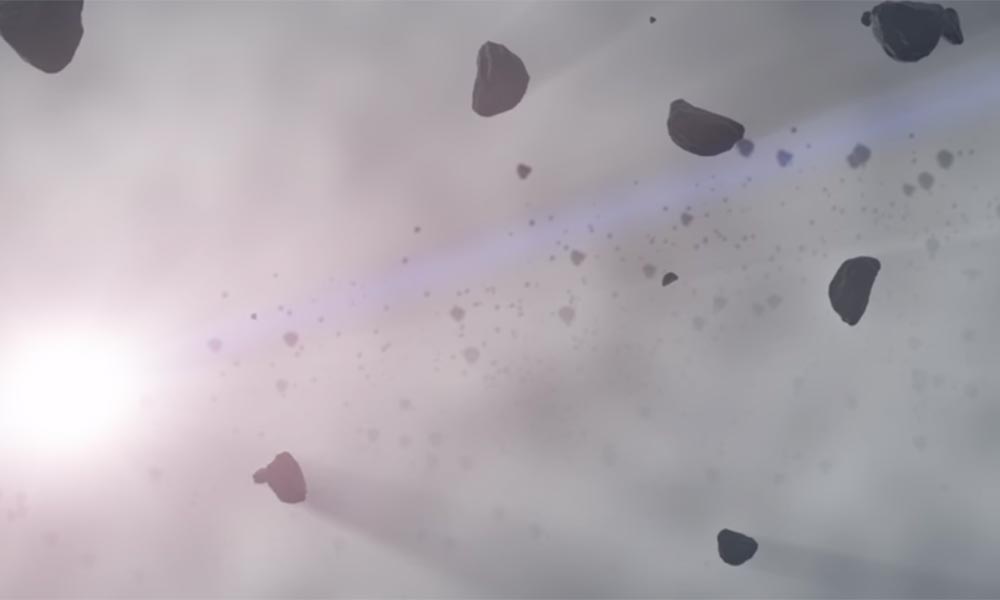
Professor assists NASA mission to measure disks that give birth to planets
Unlike typical observatories that are positioned on the ground or in space, the telescope Dan Watson is working on is situated in between — on a Boeing 747SP jet airliner.
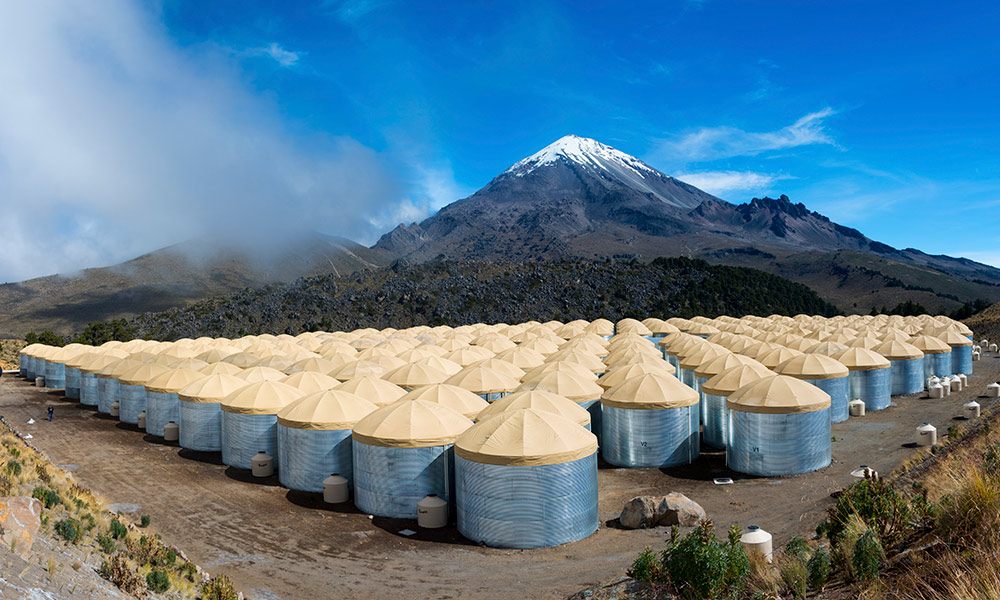
In the mystery of positrons, dark matter is leading suspect
Scientists at the HAWC Gamma Ray Observatory have ruled out two pulsars as the source of an unexpectedly large presence of positrons in our corner of the galaxy. Could they come from something more complex and exotic: dark matter?
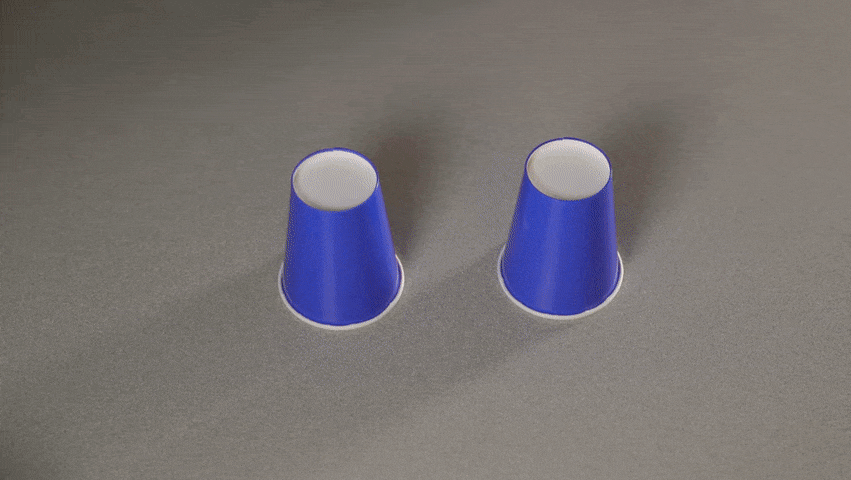
Quantum magic makes quick work of measuring frequency
Using the strange rules of quantum mechanics, researchers were able to put a quantum bit in a superposition of two different energy states at the same time in order to speed up the accurate measurement of frequencies.
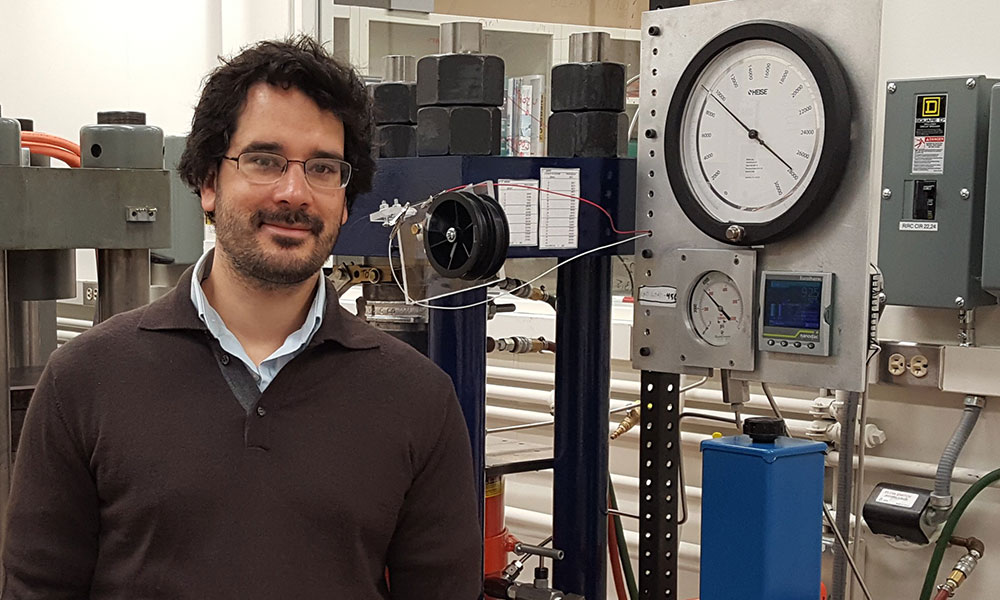
Dustin Trail wins award for studies of early Earth
The assistant professor of earth and environmental sciences has been selected as the recipient of the 2017 Mineralogical Society of America Award, a major honor in the field.
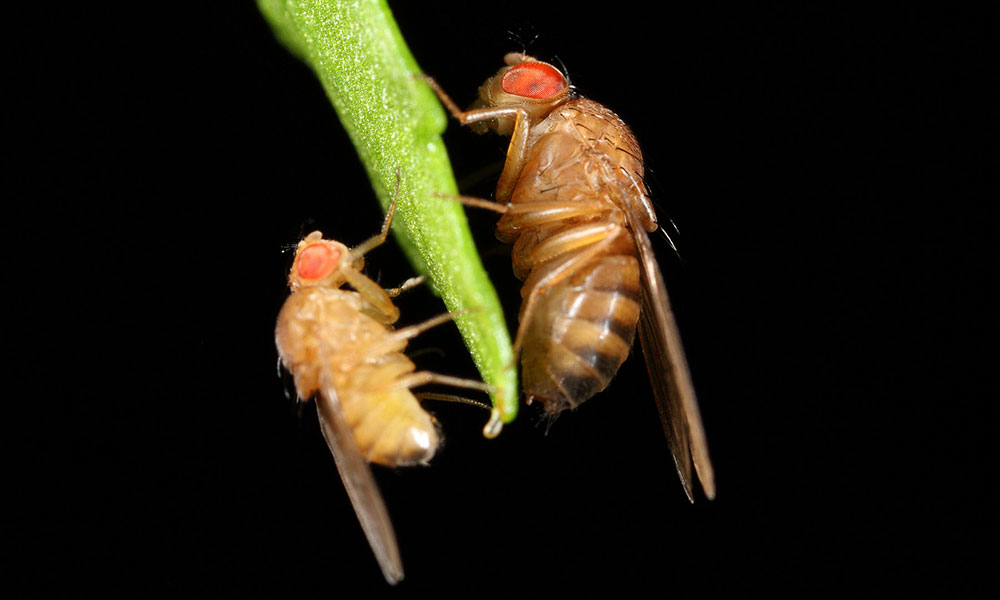
Field guide to fruit flies documents these surprisingly close human relatives
The common fruit fly is often deemed an annoying household pest. But these tiny insects are a boon to researchers. Rochester biologist John Jaenike has co-authored the first comprehensive guide to fruit flies published in nearly a century.
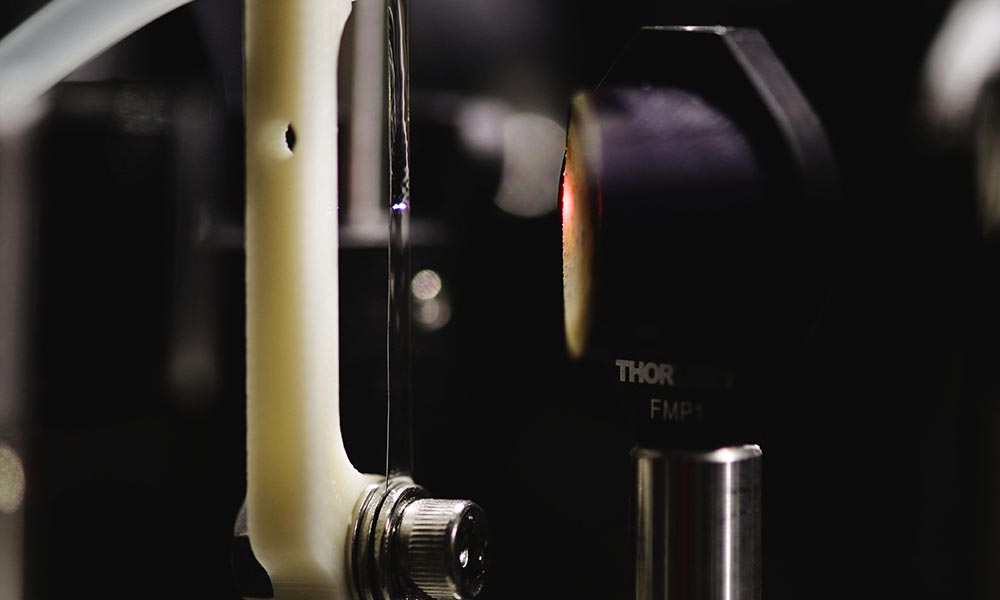
Generating terahertz radiation from water makes ‘the impossible, possible’
Optics professor Xi-Cheng Zhang has worked for nearly a decade to solve a scientific puzzle.

